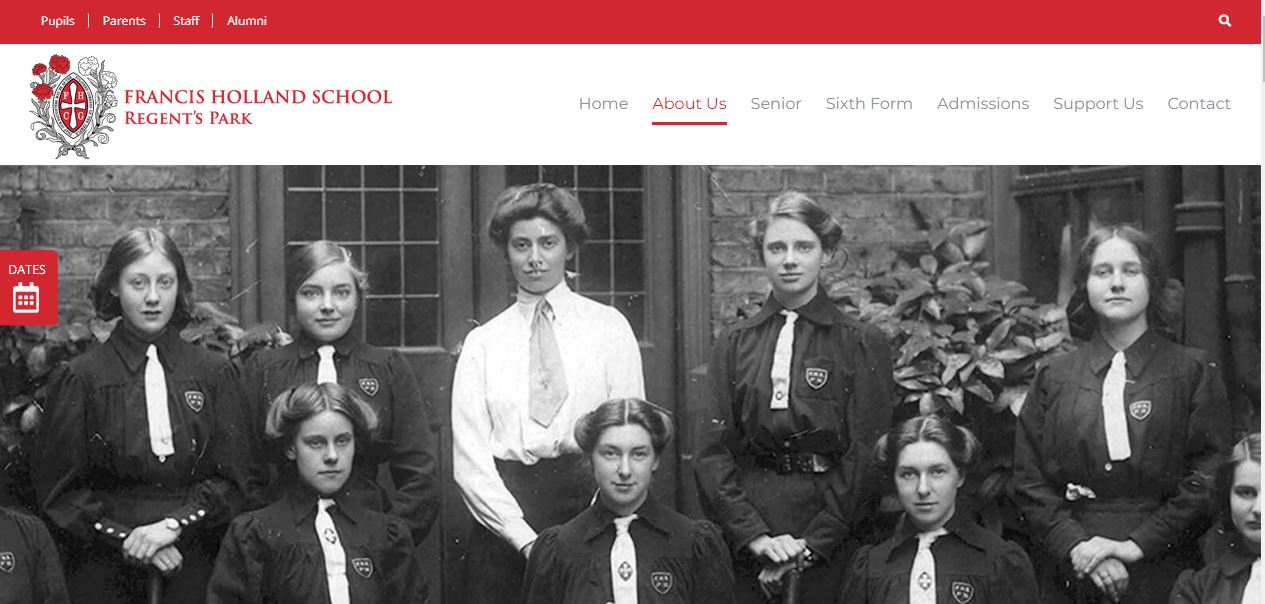Introduction
School Name: Alleyn’s School
Description: Co-ed; Day
Acceptance Ages: 11+
Overview
Alleyn’s is one of the UKs top academic co-ed schools; a school which strongly believes that the best framework for students to excel is to allow boys and girls to learn together; to discover new ideas, skills and passions; and to prepare for university, the world of work and life in general.
Located in south east London on a 30 acre site, it aims to provide a fully holistic approach to education to support and nurture every individual, enabling to fulfil each other’s own potential while making lasting friendships and enjoying life to the full.
Whilst the school’s website is a little daunting in its traditional design, we urge you to persevere and discover this great school!
Admissions Process for Alleyn’s Eleven Plus (11+) exam for Year 7 entry
Approximately 135 places are available at Alleyn’s at 11+.
Open Days
Aspiring families are encouraged to attend any Open Day during an Autumn Term. Booking is not necessary and all sessions include a talk by the Headmaster and pupil-guided tours.
If you would prefer to see timetabled lessons and experience the school on a normal working day, you can choose to attend one of the weekday afternoon sessions. They provide a chance to talk to Heads of Department and other senior members of the teaching staff over a cup of tea. To reserve your place for an afternoon session, contact Louise Mawer on 0208 557 1478 or email: registrar@alleyns.org.uk
Registration
Registration starts in September and ends in mid November. Check out the school’s website for key dates and deadlines.
Downloadable application forms are available from the school’s website during the Sep-Nov registration period.
Entrance Exams
Applicants for 11+ at Alleyn’s School take papers in English for 1 hour and 10mins, Mathematics for 1 hour and Reasoning.
English paper
The exam consists of two sections. Section A is a prose passage and followed by comprehension questions that includes both of what has been read (including vocabulary) and the effects of the writer’s use of language. This section is worth 60% of the marks. Section B consists of directed writing questions (composition). Clarity, fluency and accuracy of written expression are the prime criteria for this section; imaginative flair is also rewarded. This section is worth 40% of the marks.
Maths paper
The exam is largely set on the National Curriculum KS2 Level 5 and above. The final questions on the paper are harder, extension questions.
Reasoning paper
The verbal reasoning test mainly involves reasoning with words. It typically includes a variety of question types that involve the production of, use of, and relations between, words.
Non-verbal reasoning involves reasoning with abstract figures. For example, might evaluate relationships between shapes and sequences of shapes, by identifying common features from a set of figures and applying them to a new figure.
Spatial reasoning tests are similar to non-verbal reasoning tests in that they involve reasoning with abstract figures. Spatial reasoning questions typically involve the mental creation, retention and manipulation of visual images.
Answers are marked in pencil on a pre-printed multiple-choice answer sheet.



